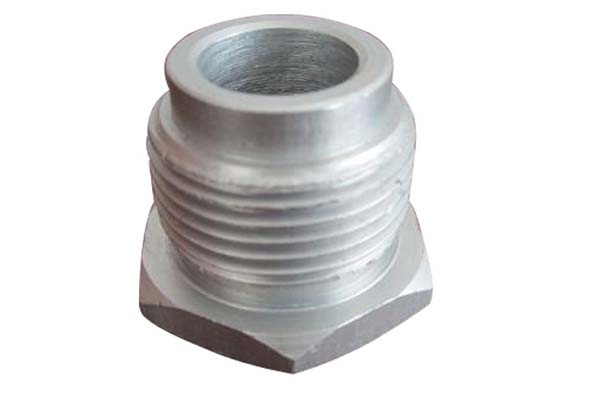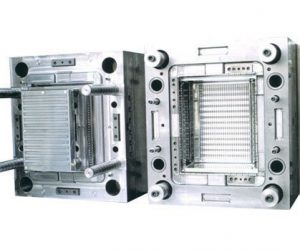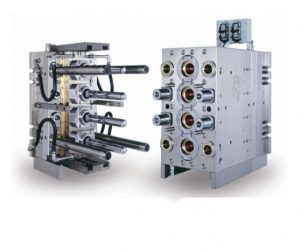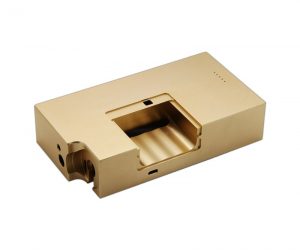1. Introduction to Rapid Prototyping
1.1 What Exactly is the Rapid Prototyping Process?
Rapid prototyping is a transformative manufacturing technique that converts digital designs into physical prototypes within days using technologies like 3D printing, CNC machining, and laser sintering. This process enables iterative testing of form, fit, and function, reducing development risks by 60% compared to traditional methods (Industry Week, 2024).
For example, in the automotive industry, companies can use rapid prototyping to quickly create a scale - model of a new car design. By doing so, they can evaluate the aesthetics, aerodynamics, and ergonomics of the design long before mass production. In the past, creating such a model through traditional methods would have taken months, but with rapid prototyping, it can be achieved in a matter of weeks or even days. This not only saves time but also allows for more design iterations.
The process typically begins with a digital 3D model created using Computer - Aided Design (CAD) software. This model serves as the blueprint for the prototype. The 3D model is then sliced into thin layers by the rapid prototyping software, which generates the instructions for the prototyping machine. The machine, depending on the technology used (such as a 3D printer extruding molten plastic layer by layer in the case of Fused Deposition Modeling - FDM), builds the physical prototype one layer at a time.
2. Core Components of the Rapid Prototyping Process
2.1 Key Stages Explained
The rapid prototyping process is composed of several crucial stages, each playing a vital role in transforming a design concept into a tangible prototype.
Digital Design
The journey begins with digital design. Designers use advanced Computer - Aided Design (CAD) tools such as AutoCAD or SolidWorks to create detailed 3D models. These models serve as the foundation for the entire prototyping process. For instance, in the development of a new consumer electronics product, like a smartwatch, the design team would use CAD software to precisely define the shape, size, and internal components' layout. They can experiment with different forms, test the ergonomics virtually, and make adjustments easily before moving to the next stage. A study by Design World in 2023 found that 95% of product development teams rely on CAD software for initial design, highlighting its importance in the rapid prototyping process.
Layer Slicing
Once the 3D model is ready, it undergoes layer slicing. Specialized software slices the 3D model into thin horizontal layers. This step is essential for additive manufacturing processes. The thickness of these layers can vary depending on the desired level of detail and the capabilities of the prototyping equipment. For high - resolution prototypes, layer thicknesses as small as 0.05mm can be used, while for larger, less detailed prototypes, layers can be up to 0.5mm thick. Each layer represents a cross - section of the final prototype, and the information from these slices is used to control the prototyping machine during the material deposition stage.
Material Deposition
Material deposition is the stage where the physical prototype starts to take shape. Different rapid prototyping technologies are used for this stage. Fused Deposition Modeling (FDM) 3D printing, for example, works by heating a thermoplastic filament, such as PLA or ABS, until it becomes molten. The printer then extrudes the melted material layer - by - layer according to the sliced 3D model data. Selective Laser Sintering (SLS) uses a high - power laser to sinter powdered materials, like nylon or metal powders, together to form each layer. Stereolithography (SLA) cures liquid resin layer - by - layer using ultraviolet light. Each of these technologies has its own advantages and is suitable for different types of prototypes.
Post - Processing
After the material deposition is complete, post - processing is carried out. This stage is crucial for enhancing the appearance, functionality, and durability of the prototype. Sanding is often done to smooth the surface, removing any rough edges or layer lines left from the printing process. Painting can be applied to add color and a more finished look. Surface treatments, such as chemical coatings or vapor smoothing, can improve the surface quality, making the prototype more resistant to wear and tear. In some cases, post - processing may also involve assembly of multiple parts if the prototype was printed in sections.
2.2 Technology Comparison Table
To better understand the different options available in rapid prototyping, the following table compares some of the most common technologies:
| Technology | Common Materials | Typical Tolerance | Ideal Applications |
| FDM 3D Printing | PLA, ABS, Nylon | ±0.1mm | Low - cost functional prototypes. For example, creating a prototype of a simple mechanical part for testing fit and function in a product development project. Its low - cost materials and relatively easy - to - use equipment make it accessible for small - scale projects. |
| SLA 3D Printing | Resins | ±0.05mm | High - detail aesthetic models. It is often used in the jewelry industry to create intricate and detailed models, or in the design of consumer products where the visual appearance of the prototype is crucial. |
| Usinagem CNC | Metals, Plastics | ±0.01mm | Durable, high - strength components. In the aerospace industry, CNC machining is used to create prototypes of engine parts or structural components that need to meet high - strength and precision requirements. |
As shown in the table, the choice of technology depends on factors such as the type of prototype needed (functional or aesthetic), the materials required, and the level of precision and cost constraints. Each technology has its niche, and understanding these differences is key to successful rapid prototyping.
3. Choosing the Right Rapid Prototyping Partner
3.1 Evaluation Criteria
Selecting the right rapid prototyping partner is crucial for the success of your project. Here are some key evaluation criteria to consider:
Technical Expertise
Look for a partner with in - depth technical expertise. Certifications such as ISO 9001, which ensures a high - quality management system, and AS9100,
3.2 Yigu Technology’s Approach
Yigu Technology stands out as a reliable rapid prototyping partner with its comprehensive services and excellent track record.
Services
Yigu Technology offers a wide range of rapid prototyping services, including 3D printing, CNC machining, and post - processing. In 3D printing, we have expertise in various technologies such as FDM, SLA, and SLS, allowing us to choose the most suitable method based on your project requirements. Our CNC machining capabilities ensure high - precision and durable prototypes, especially for projects that require metal or high - strength plastic components. Additionally, our post - processing services, including sanding, painting, and surface treatment, can enhance the appearance and functionality of the prototypes.
4. Conclusion
The rapid prototyping process is a powerful tool that has revolutionized product development across industries. From its ability to quickly transform digital designs into physical prototypes to its role in cost - effective iterative testing, the benefits are far - reaching. By understanding the core components, materials, cost - effectiveness, and future trends, businesses can make informed decisions to drive innovation.
When considering rapid prototyping, it's essential to choose the right technology based on your project requirements. Whether it's the cost - effectiveness of FDM 3D printing for functional prototypes, the high - detail capabilities of SLA for aesthetic models, or the precision of CNC machining for high - strength components, the right choice can make a significant difference in the success of your project.



